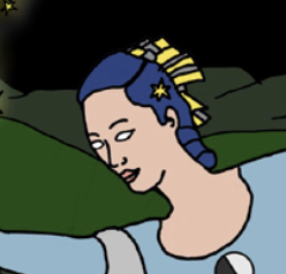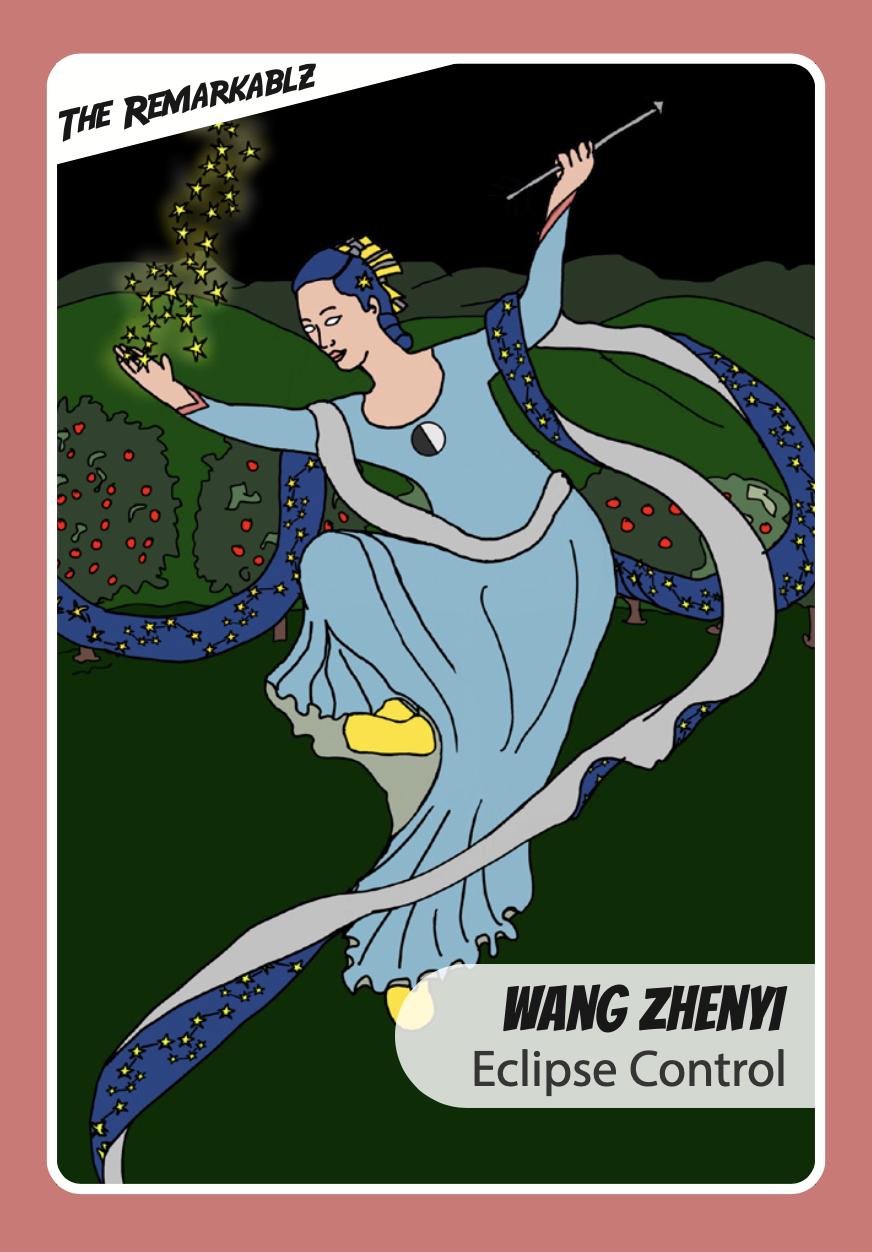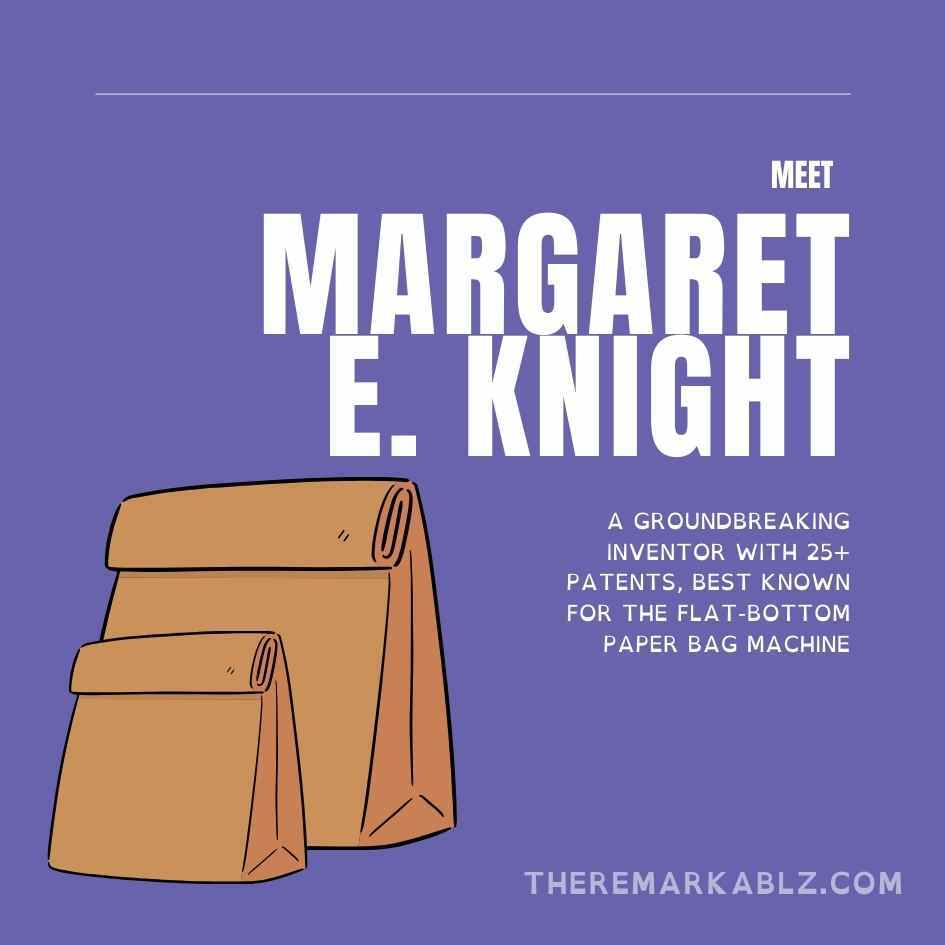
Get to Know
Wang Zhenyi
Discover why we turned Wang into a superhero
WHO WAS WANG ZHENYI?
Full name: Wang Zhenyi
Born: 1768
Died: 1797
Occupation: Mathematician
Born in 1768, Wang was taught to read and write by her father and grandfather.
Wang was not only a mathematician and astronomer, she was a poet too. By the age of 13 she had written a number of poems. Her grandfather was her first teacher in astronomy and her father taught her medicine, geography, and mathematics.
Wang showed how equinoxes move and then how to calculate their movement.
Born: 1768
Died: 1797
Occupation: Mathematician
Born in 1768, Wang was taught to read and write by her father and grandfather.
Wang was not only a mathematician and astronomer, she was a poet too. By the age of 13 she had written a number of poems. Her grandfather was her first teacher in astronomy and her father taught her medicine, geography, and mathematics.
Wang showed how equinoxes move and then how to calculate their movement.

In The Remarkablz Universe, Wang can create, shape and manipulate energy emitted during an eclipse. One evening, while studying the mysterious dance of the sun, moon, and Earth, Wang witnessed a rare solar eclipse. But this eclipse was unlike any other—its shadow pulsed with an ancient energy. Drawn to the swirling darkness, Wang felt a surge of power course through her. From that moment on, she could sense every shift in celestial energy. Now, as The Eclipse Weaver, Wang can shape, bend, and channel the energy released during eclipses. She uses her powers to restore balance in the cosmos, reveal hidden truths, and protect the harmony of space and time.
Superhero Backstory
Wang features in our card game, Black Hole. The game supports the development of maths, literacy and decision-making skills all while learning about some of the most impressive scientific discoveries throughout history.
We've explained the drawing and her playing card below so you can learn more.
We've explained the drawing and her playing card below so you can learn more.
Wang can create, shape and manipulate energy emitted during an eclipse.
- Wang used a spherical lamp to represent the sun, a mirror to represent the moon and a round table for the Earth. Using this set-up she simulated the lunar eclipse.
- Wang learnt equestrian skills, archery and martial arts. The story goes, that Wang liked to practice martial arts while galloping on horseback.
Superpower
Weakness
Each drawing we create has one or more hidden treasure(s) about our superheroes' life experiences, depictions in art, jobs or discoveries.
Did you find the ones hidden in this drawing?
Did you find the ones hidden in this drawing?

We have packed a lot into our BLack Hole playing cards - from amazing imagined superpowers to biographical information and hidden treasures.
Who Was Wang?
Wang Zhenyi was a Chinese scientist, astronomer, and mathematician who lived from 1768 to 1797. She loved learning and was taught by her father and grandfather. Wang worked hard and became an expert in astronomy and maths. She helped explain how eclipses work and how the equinoxes (when day and night are the same length) move. Wang also wrote poetry, showing she was both logical and creative. Today, she's remembered as a science pioneer who helped people understand the sky.
A mathematician is someone who uses their knowledge of mathematics to solve mathematical problems. Mathematics is concerned with numbers, data, quantity, structure, space, models, and change. Mathematics includes the study of such topics as algebra and geometry.
A solar eclipse happens when the Moon moves between the Earth and the Sun. For a short time, the Moon blocks the Sun’s light and casts a shadow on Earth. If you're standing in just the right spot, the sky gets darker—almost like night—even in the middle of the day!
Solar eclipses only happen during a new moon, and there are different types: partial, total, and annular. But remember—never look directly at a solar eclipse without special glasses. It can hurt your eyes!
Solar eclipses only happen during a new moon, and there are different types: partial, total, and annular. But remember—never look directly at a solar eclipse without special glasses. It can hurt your eyes!
- A solar eclipse happens during a new moon, while a lunar eclipse happens during a full moon.
- The Moon is 400 times smaller than the Sun, but it's also 400 times closer to Earth, making them appear the same size in the sky—that’s why solar eclipses are possible!
- "Totality" is the name for the few minutes when the Sun is completely blocked during a total solar eclipse.
- The longest a total solar eclipse can last is about 7 minutes and 30 seconds, but most are shorter.
- It’s safe to watch a lunar eclipse with your eyes, but you must wear special eclipse glasses to safely view a solar eclipse.
What Is Mathematics?
Fun Facts About the Human Eye!
A lunar eclipse happens when the Earth moves between the Sun and the Moon. This blocks the sunlight that usually reflects off the Moon, and instead, Earth's shadow falls on it. When this happens, the Moon can look reddish—this is called a "Blood Moon"—because some sunlight bends through Earth's atmosphere and reaches the Moon, turning it a spooky red color. Find out more in this video by National Geographic.
What's a Lunar Eclipse?
What can Astronomers do?
Astronomers look beyond the thin veneer of the atmosphere protecting life on Earth to discover what lies beyond.
What's a Solar Eclipse?
EDUCATIONAL RESOURCES
Solar Eclipse Activity for Kids – Easy Science Experiment to Model an Eclipse
Step 1: Turn off the lights and switch on the flashlight. Aim it straight ahead—this is your Sun.
Step 2: Place the larger ball or globe on a table. This is your Earth.
Step 3: Hold the small ball (the Moon) between the flashlight and the globe.
Step 4: Slowly move the Moon until it casts a shadow on the Earth. That shadow is your solar eclipse!
As the Moon blocks the Sun’s light, you'll see how only certain areas of the Earth fall into darkness—just like during a total solar eclipse in real life.
Step 2: Place the larger ball or globe on a table. This is your Earth.
Step 3: Hold the small ball (the Moon) between the flashlight and the globe.
Step 4: Slowly move the Moon until it casts a shadow on the Earth. That shadow is your solar eclipse!
As the Moon blocks the Sun’s light, you'll see how only certain areas of the Earth fall into darkness—just like during a total solar eclipse in real life.
What you will need
- Flashlight (to represent the Sun)
- Small ball (like a tennis or ping-pong ball for the Moon)
- Large ball or globe (for the Earth)
- A dark room or space you can dim
What's Happening?

Help kids understand how a solar eclipse works with this simple, hands-on science activity. Great for classrooms, homeschool lessons, or STEM projects, this model helps explain why the Sun seems to disappear during an eclipse—and how the Earth, Moon, and Sun interact in space.
Step-by-Step Instructions
A solar eclipse happens when the Moon passes directly between the Earth and the Sun, blocking sunlight and casting a shadow on part of the Earth. This experiment visually shows how eclipses happen and why they don’t occur every month.
Sign up to our Newsletter
By signing up to receive emails, you agree that we may use the personal information provided by you to send you marketing emails. You can opt out of these emails any time by clicking the unsubscribe link or by contacting us. To see how we use your personal data, please see our Privacy policy.




